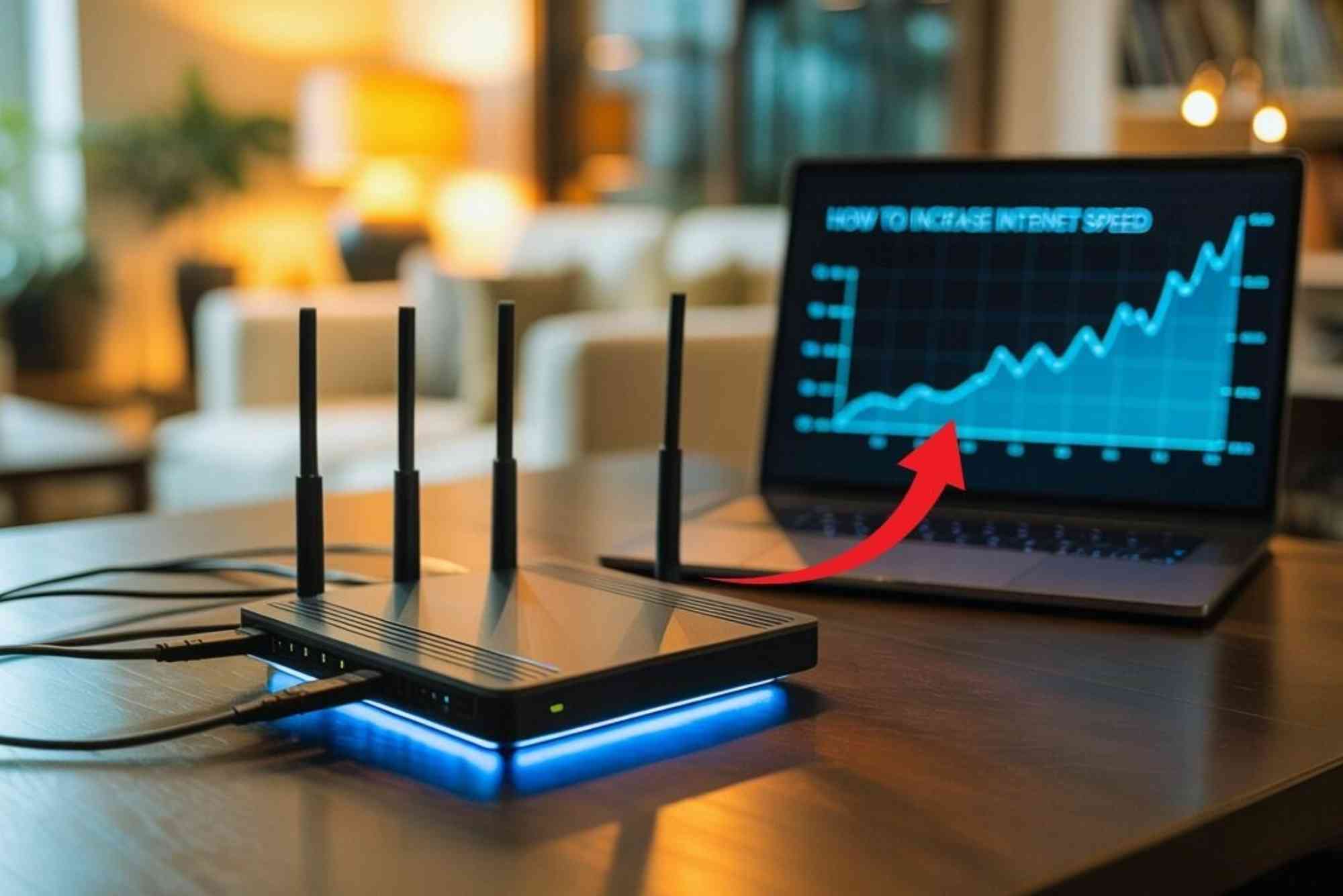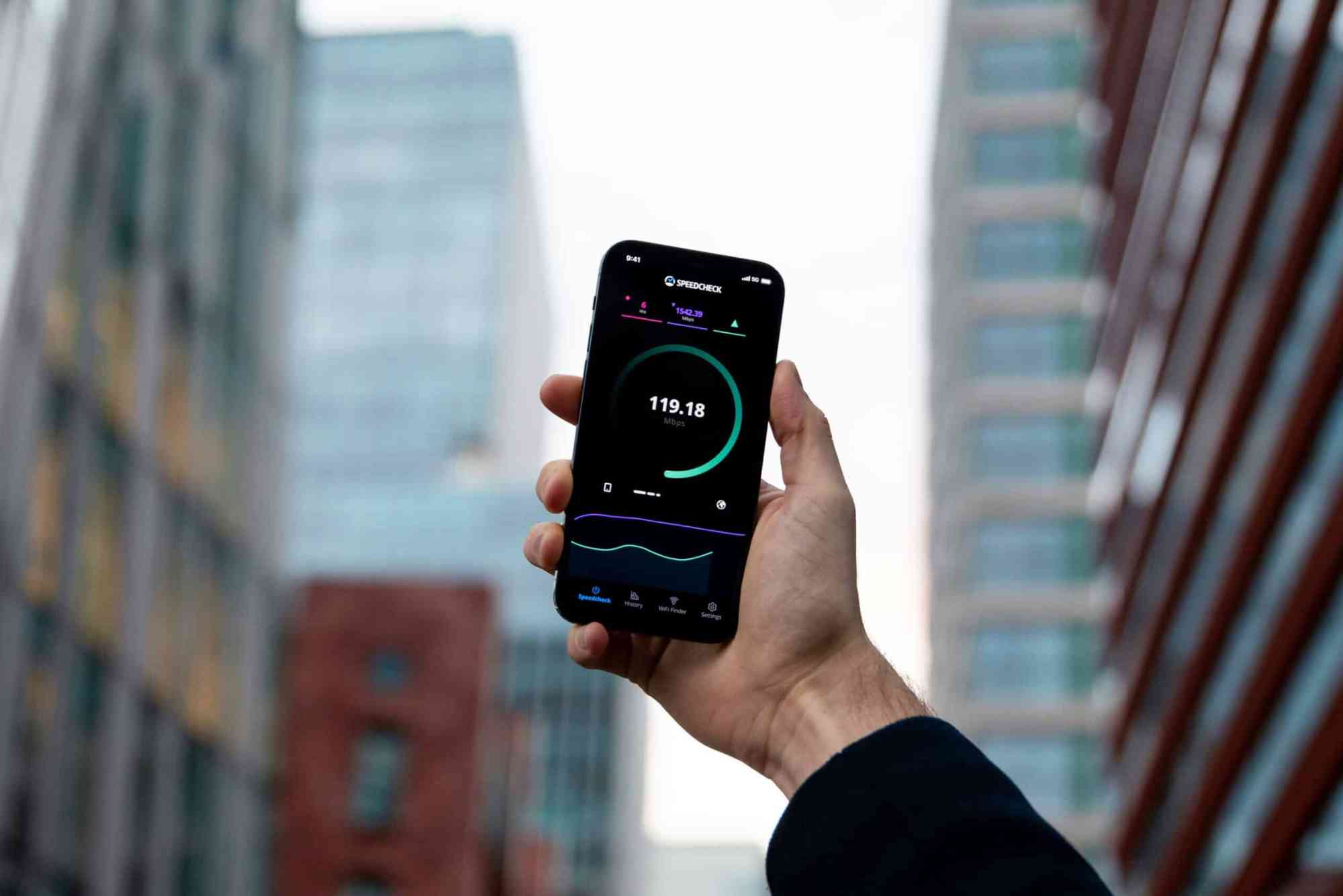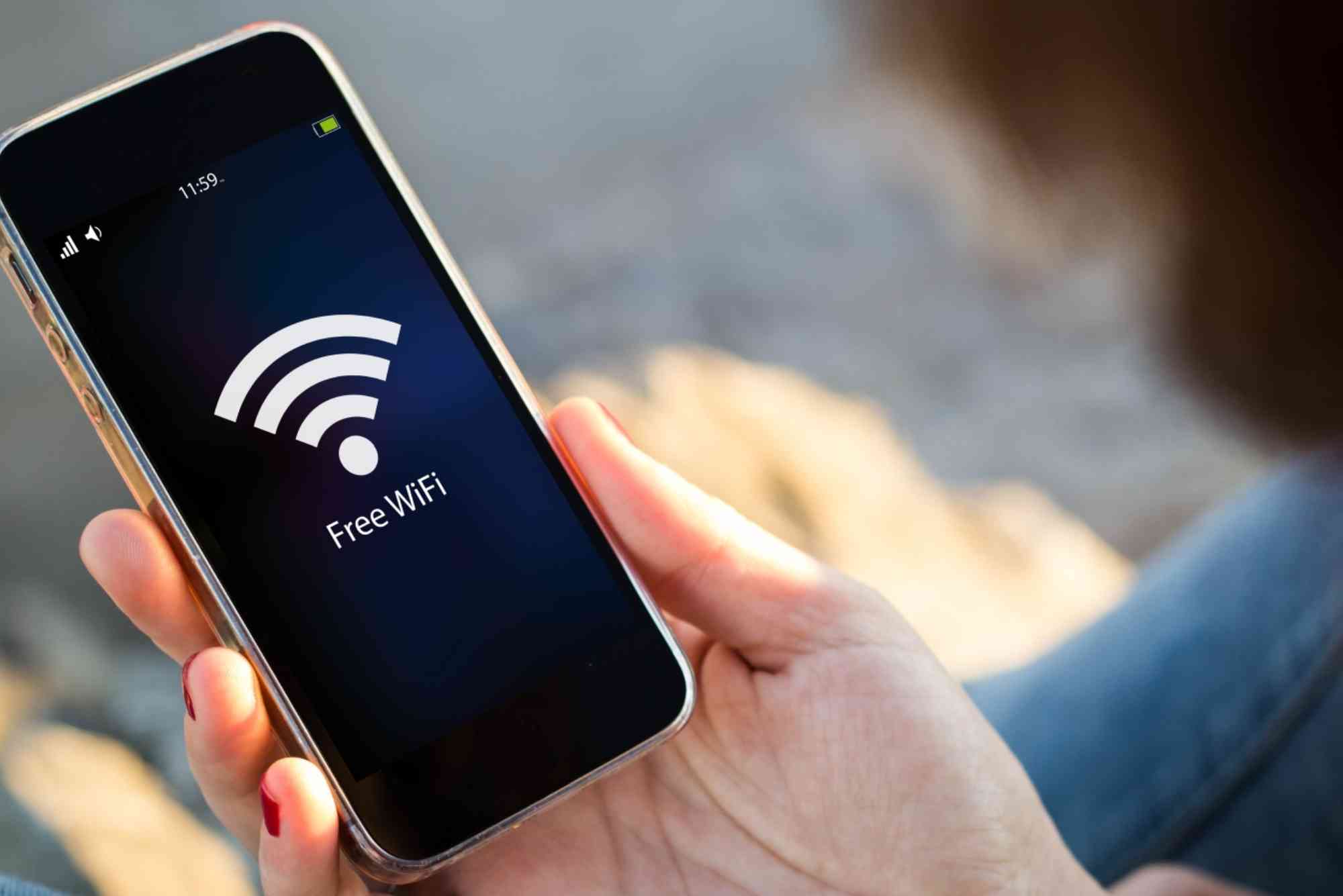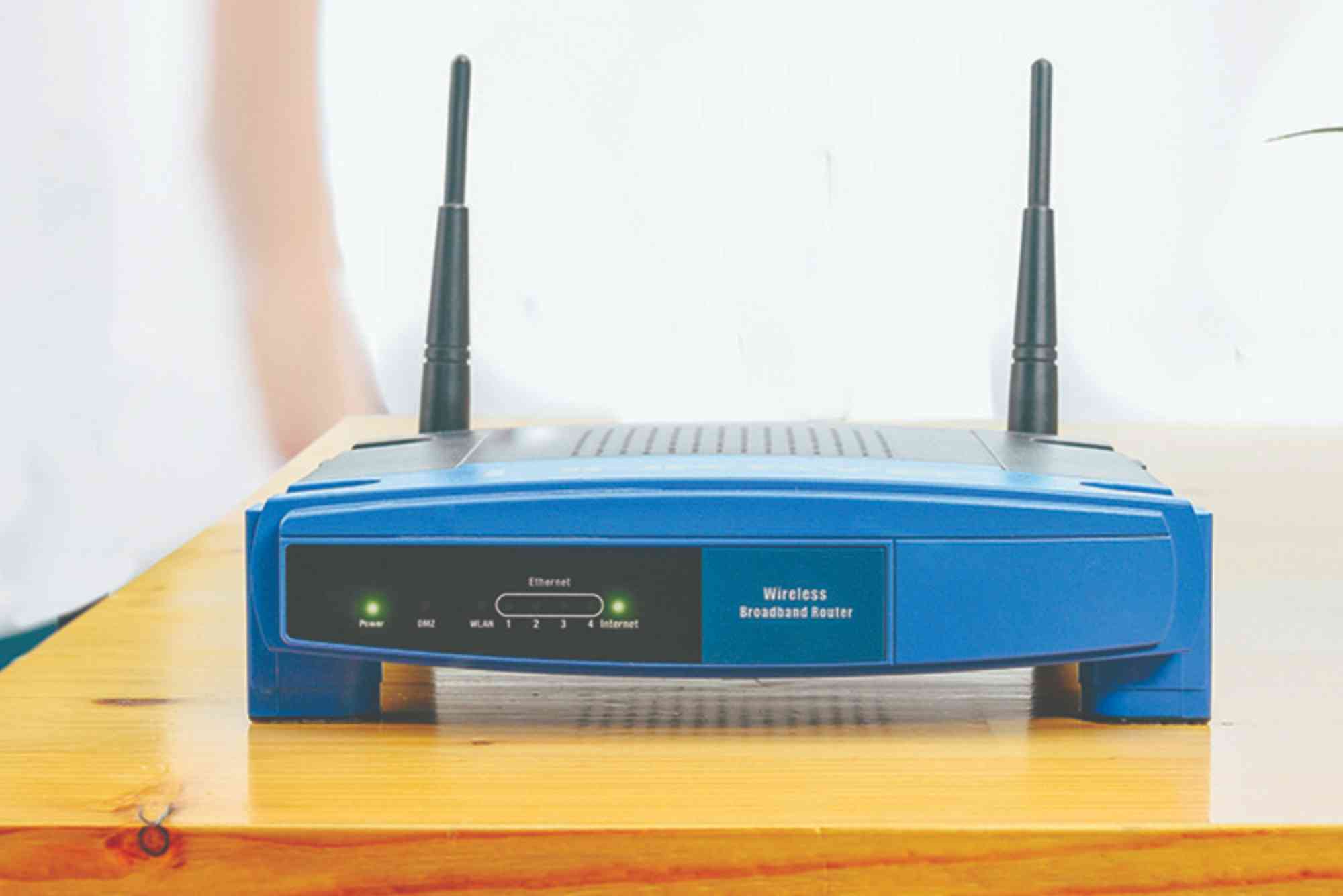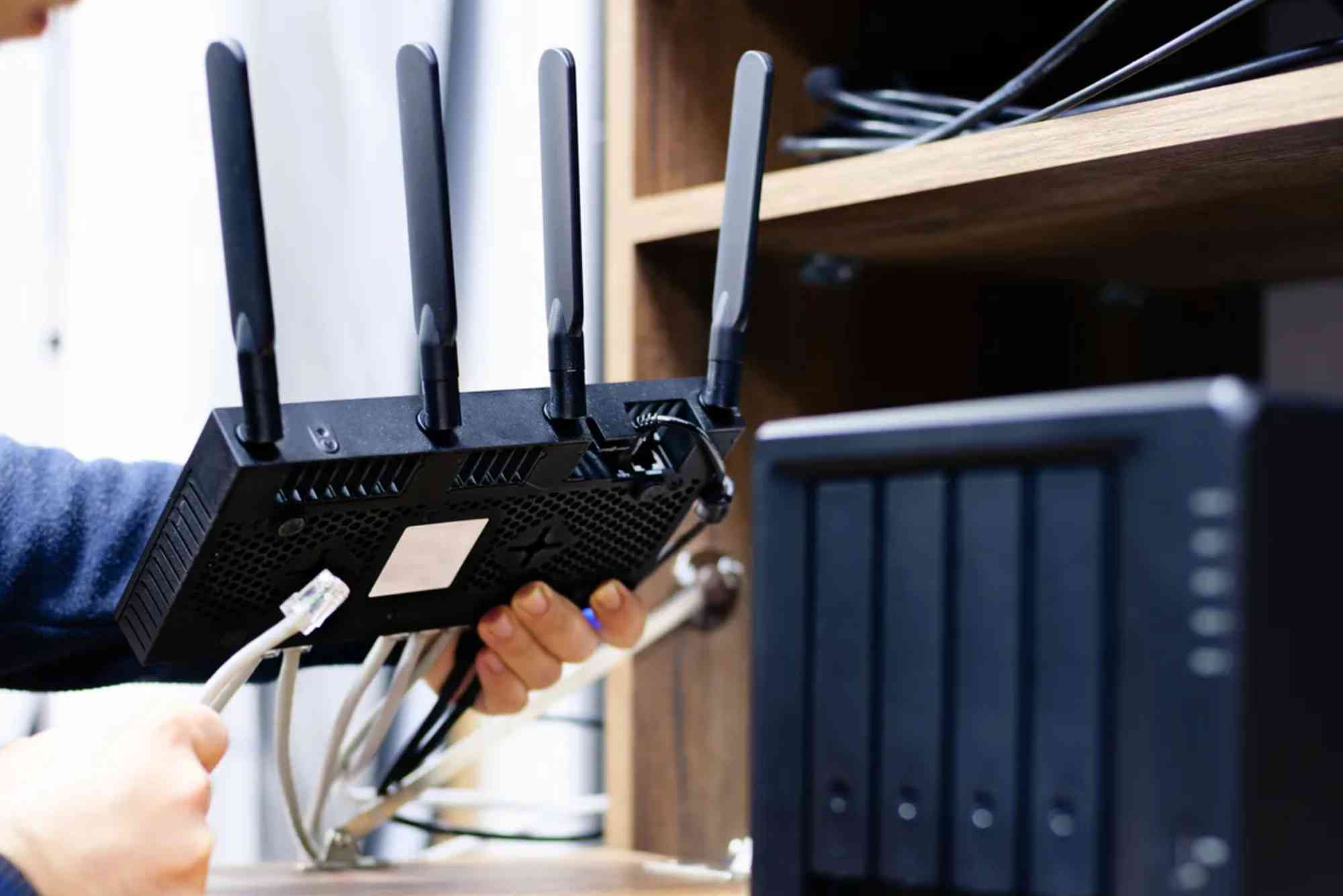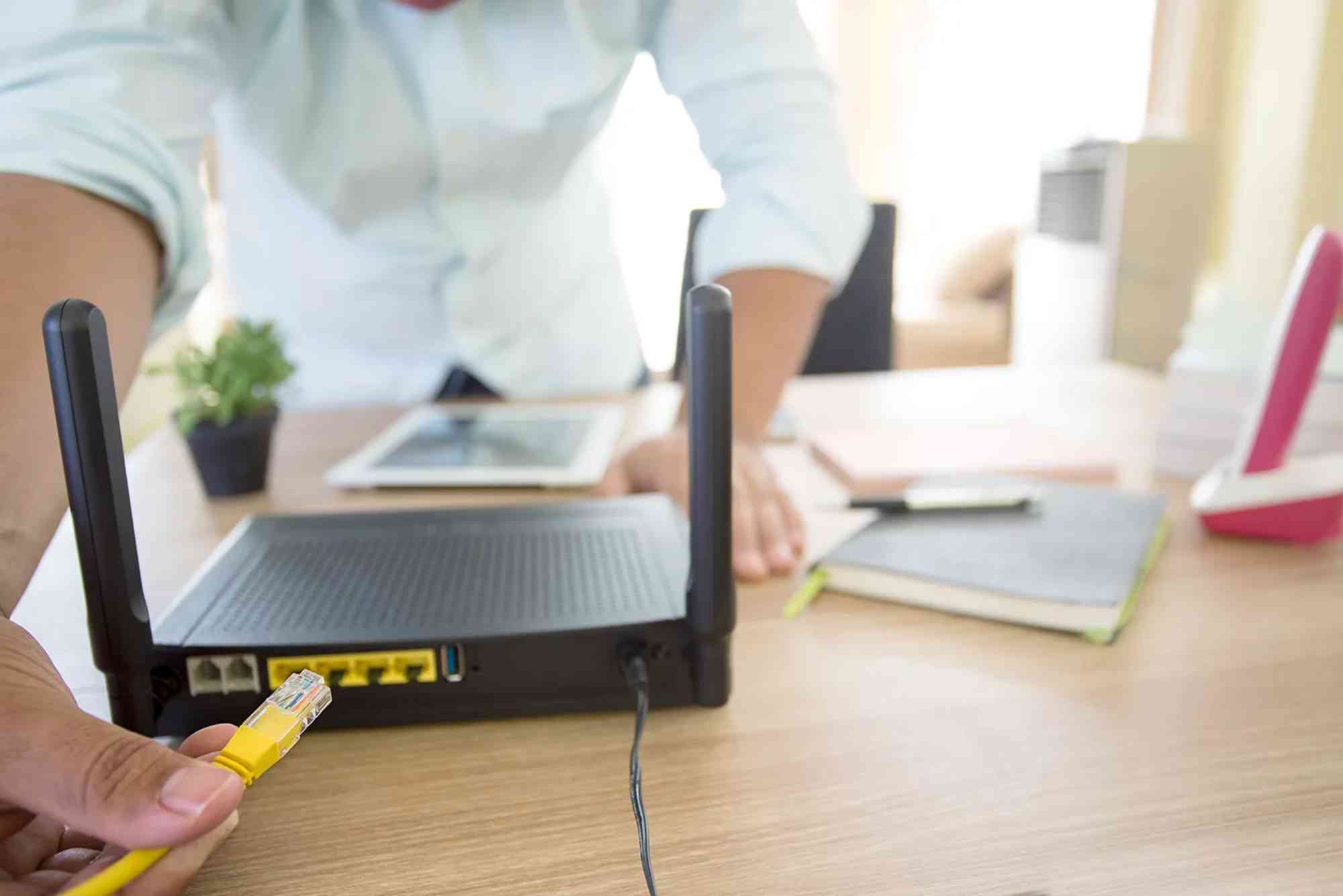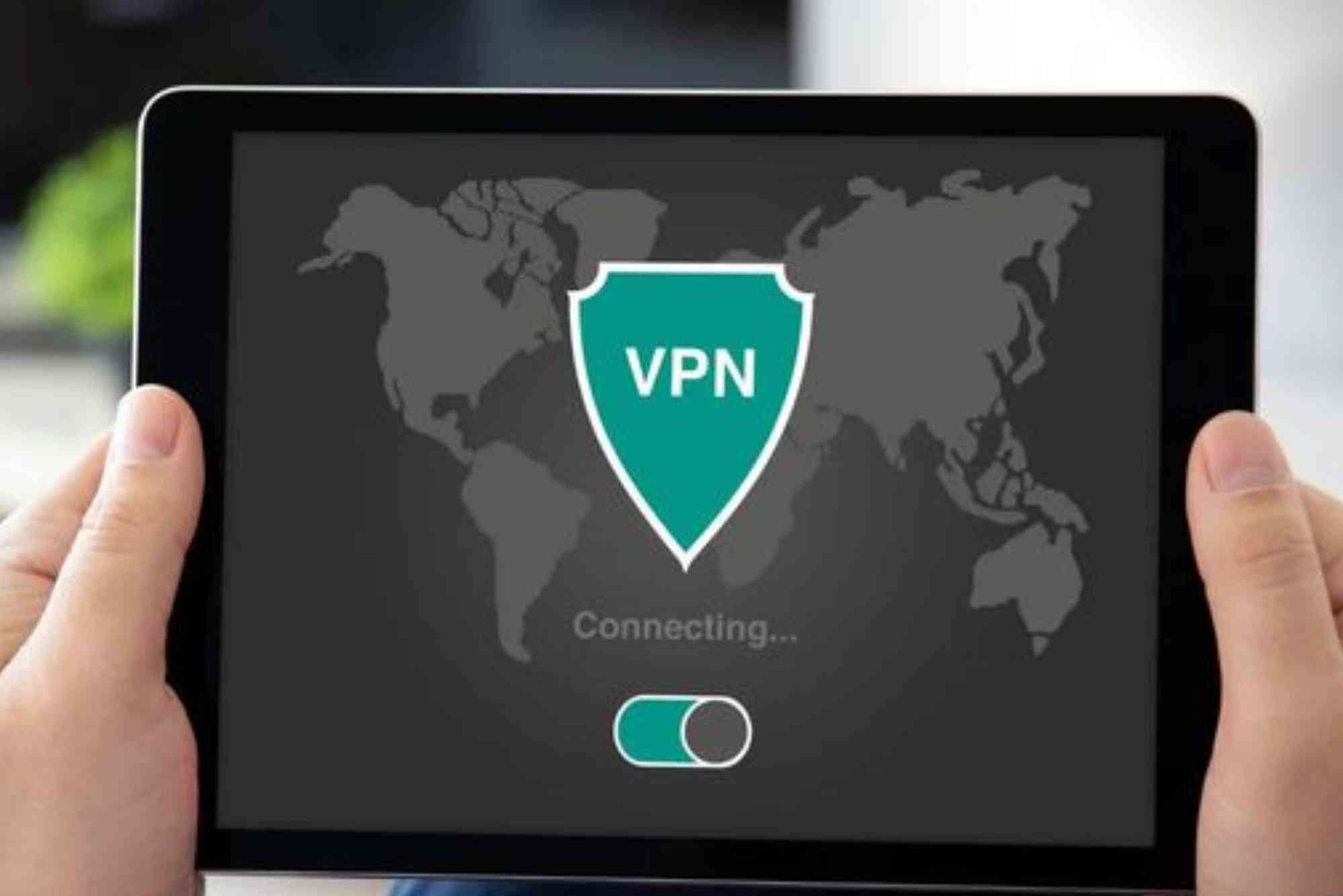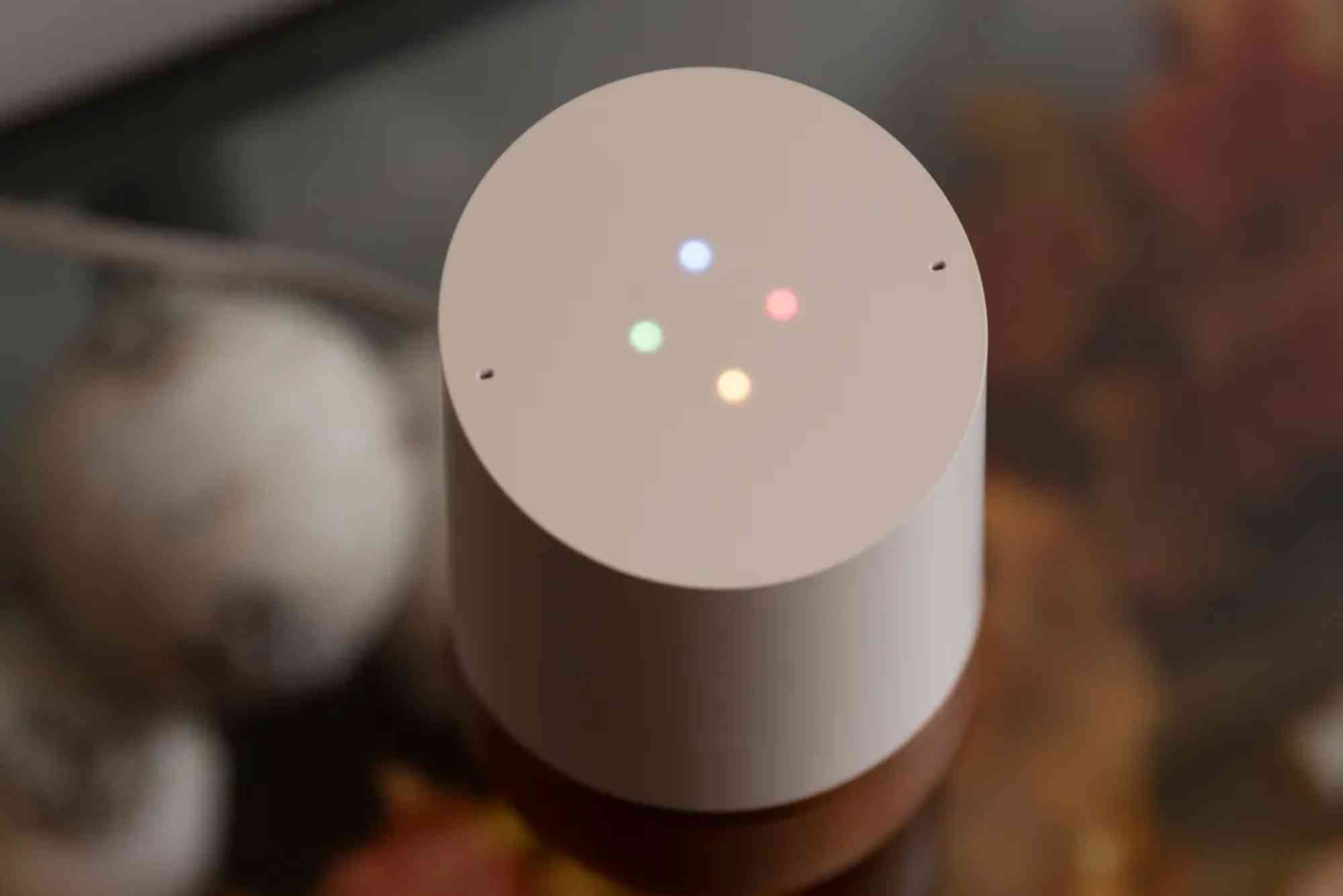Introduction
Fiber optic internet is well-known for its blazing speeds and reliability. Whether you use it for streaming, working from home, or gaming, having a stable connection is essential. But how do you know if you’re getting the speed you’re paying for? Understanding how to check fiber optic internet speed is the first step toward ensuring your connection performs at its best.
In this guide, we’ll explain why speed tests matter, how to run them properly, and what to do if results aren’t what you expect. By the end, you’ll know exactly how to measure your connection, interpret the numbers, and troubleshoot any issues that arise.
Why You Should Test Fiber Optic Internet Speed
Fiber optic technology promises lightning-fast data transfer. However, not every user consistently experiences maximum speeds. Your internet provider may advertise 500 Mbps or even 1 Gbps, but real-world performance depends on several factors. Testing speed helps confirm you’re receiving the service you pay for and allows you to spot problems early.
For example, someone using Dhanote Internet Services in Pakistan might expect ultra-fast performance, but if their online experience feels sluggish, a speed test can provide clarity. Regular checks also help ensure smooth video calls, buffer-free streaming, and responsive online gaming.
What to Measure in a Fiber Optic Internet Speed Test
When you check your fiber connection, the test evaluates more than just one number. Here are the main elements you’ll see:
Download Speed
This measures how fast data comes to your device from the internet. It’s essential for streaming, downloading files, and browsing.
Upload Speed
Equally important in fiber connections, upload speed measures how quickly you send data out. It impacts video calls, cloud backups, and online gaming.
Ping (Latency)
Ping shows the time it takes for data to travel to a server and back. A lower ping means a more responsive connection.
Jitter
This measures stability. Consistent speeds without fluctuation create smoother experiences, especially in video conferencing and real-time apps.
How to Check Fiber Optic Internet Speed
Now that you know what’s measured, let’s walk through the process of testing your fiber optic internet speed.
Choose a Reliable Speed Test Tool
Use trusted platforms such as Ookla’s Speedtest, Fast.com by Netflix, or Google’s built-in speed test. Each tool gives quick, accurate results for both download and upload speeds.
Connect Your Device Properly
For the most accurate reading, connect your device directly to the router using an Ethernet cable. Wi-Fi introduces interference that may lower results.
Close Background Applications
Make sure no apps or downloads are running in the background. Otherwise, they can consume bandwidth and skew your test results.
Run the Speed Test
Click the “Go” or “Start” button and wait for the test to finish. Within seconds, you’ll see numbers for download, upload, and latency.
Repeat the Test at Different Times
Running tests at various times of the day gives a clearer picture of your internet’s average performance. Peak evening hours often show slower speeds due to higher traffic.
Factors That Affect Fiber Optic Internet Speed Results
Even with fiber’s advanced technology, certain factors can influence your test outcome. Understanding them helps you interpret results more effectively.
Router Quality and Placement
A weak router or one placed too far from devices can limit speeds. Always position it centrally and invest in a modern, high-performance model.
Network Congestion
If multiple family members stream or game simultaneously, your available bandwidth shrinks. Testing during quiet times often shows higher numbers.
Service Provider Infrastructure
Your ISP’s network strength, coverage, and maintenance play a huge role. Providers with strong infrastructure, like Dhanote Internet Services, tend to deliver more consistent results.
Device Capabilities
Old computers or smartphones may not handle gigabit speeds. Ensure your device has a modern network card that supports high-speed fiber.
Wired vs. Wireless Connections
Wired Ethernet is always faster and more stable than Wi-Fi. If Wi-Fi results seem low, test again using a direct cable.
How to Interpret Your Fiber Optic Internet Speed Test Results
Once you have your numbers, the next step is making sense of them. Here’s what you should know:
-
Speeds close to your ISP’s advertised package indicate excellent performance.
-
Upload speeds should be nearly equal to download speeds in fiber connections.
-
Latency below 20 ms is great for gaming and video calls.
-
Jitter under 30 ms means your connection is stable.
If your results fall significantly below expectations, it may be time to troubleshoot or contact your provider.
Troubleshooting Slow Fiber Optic Internet Speeds
If your test shows poor performance, don’t panic. Many issues can be resolved quickly.
Restart Your Router
A simple restart often fixes temporary slowdowns caused by minor glitches.
Check for Firmware Updates
Router manufacturers release updates that improve speed and security. Make sure yours is up-to-date.
Disconnect Unnecessary Devices
Too many devices connected at once can strain your bandwidth. Disconnect those not in use.
Use Quality Cables
Old or damaged Ethernet cables reduce speed. Use Cat6 or Cat7 cables for gigabit fiber connections.
Contact Your ISP
If none of these steps work, reach out to your provider. They can check for outages, signal issues, or provide a router replacement if needed.
Best Practices for Maintaining High Fiber Internet Speeds
Checking your speed regularly is just one part of ensuring a great internet experience. Consider these long-term practices:
-
Schedule periodic speed tests to monitor consistency.
-
Use mesh Wi-Fi systems in large homes for better coverage.
-
Secure your network with strong passwords to prevent unauthorized usage.
-
Opt for higher-tier packages if your household has heavy data needs.
FAQs
How can I test my fiber internet speed accurately?
Connect your device with an Ethernet cable, close background apps, and use a trusted tool like Ookla or Fast.com.
Why does my Wi-Fi speed differ from wired speed tests?
Wi-Fi introduces interference, reducing accuracy. Wired connections always give more reliable results.
What is a good speed for fiber optic internet?
For most households, 300–500 Mbps is excellent. Gamers or large families may prefer 1 Gbps.
Why is my fiber optic speed slower than advertised?
Factors like router quality, device capability, or peak-hour congestion can cause slower results.
Should I run speed tests regularly?
Yes, regular checks help ensure your provider delivers consistent service and help detect issues early.
Learning how to check fiber optic internet speed empowers you to take control of your online experience. With the right tools, proper setup, and awareness of influencing factors, you can confirm that your connection meets expectations. And if speeds don’t match your plan, simple troubleshooting or a call to your provider can usually solve the problem.
If you’re searching for reliable high-speed fiber in Pakistan, consider exploring Dhanote Internet Services for stable, top-quality connectivity. Don’t settle for uncertainty—test your connection today, optimize your setup, and enjoy seamless browsing, streaming, and gaming experiences.

